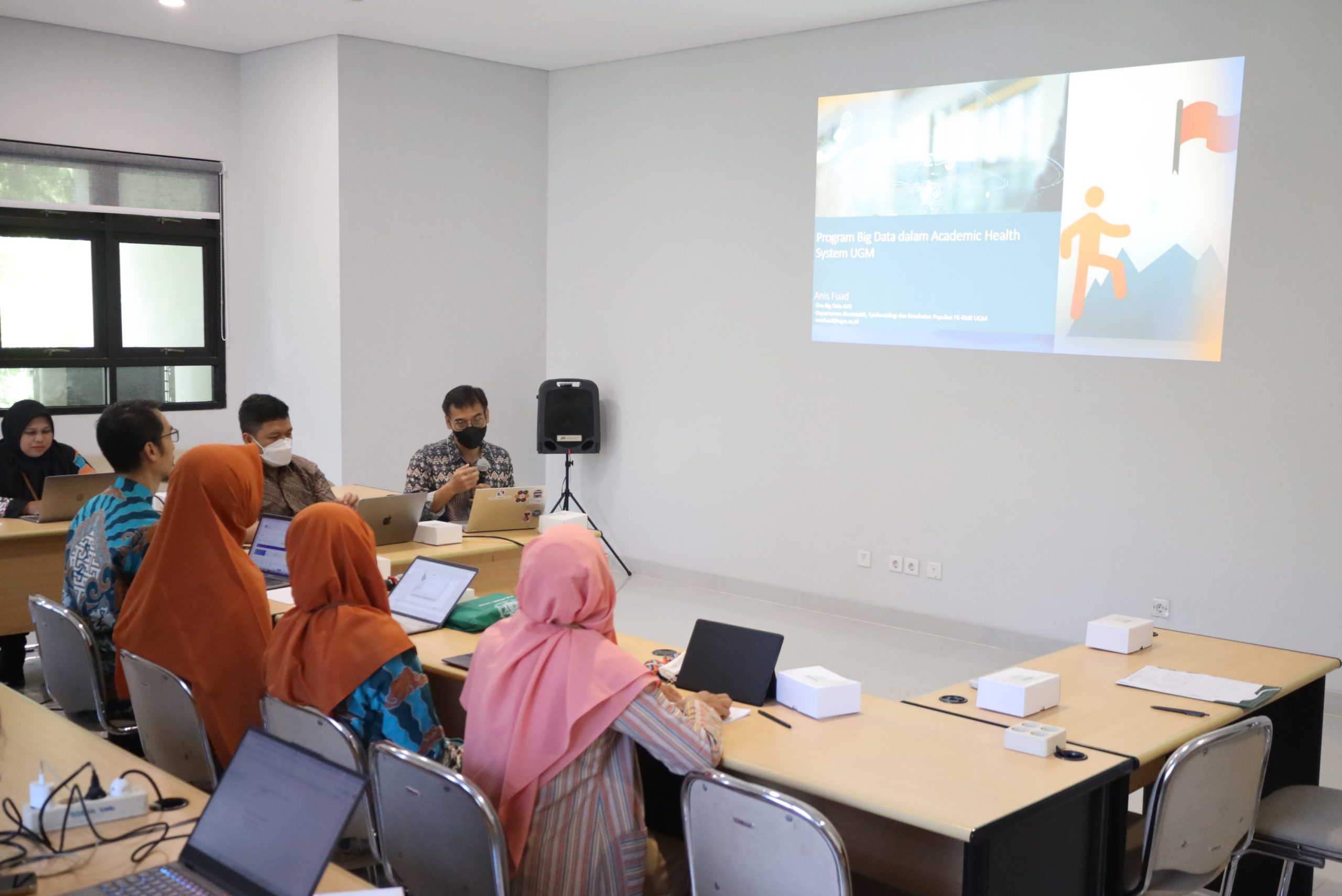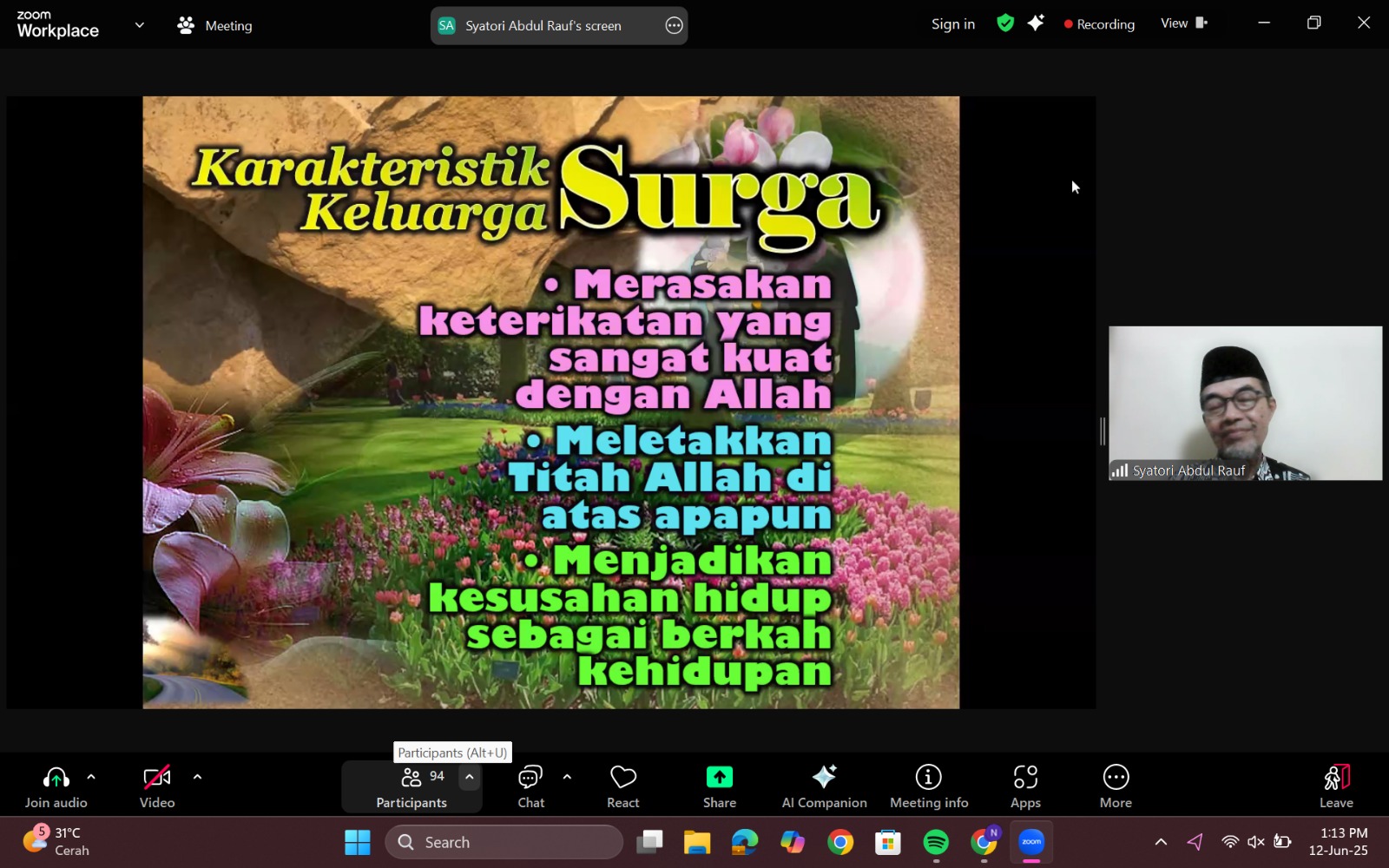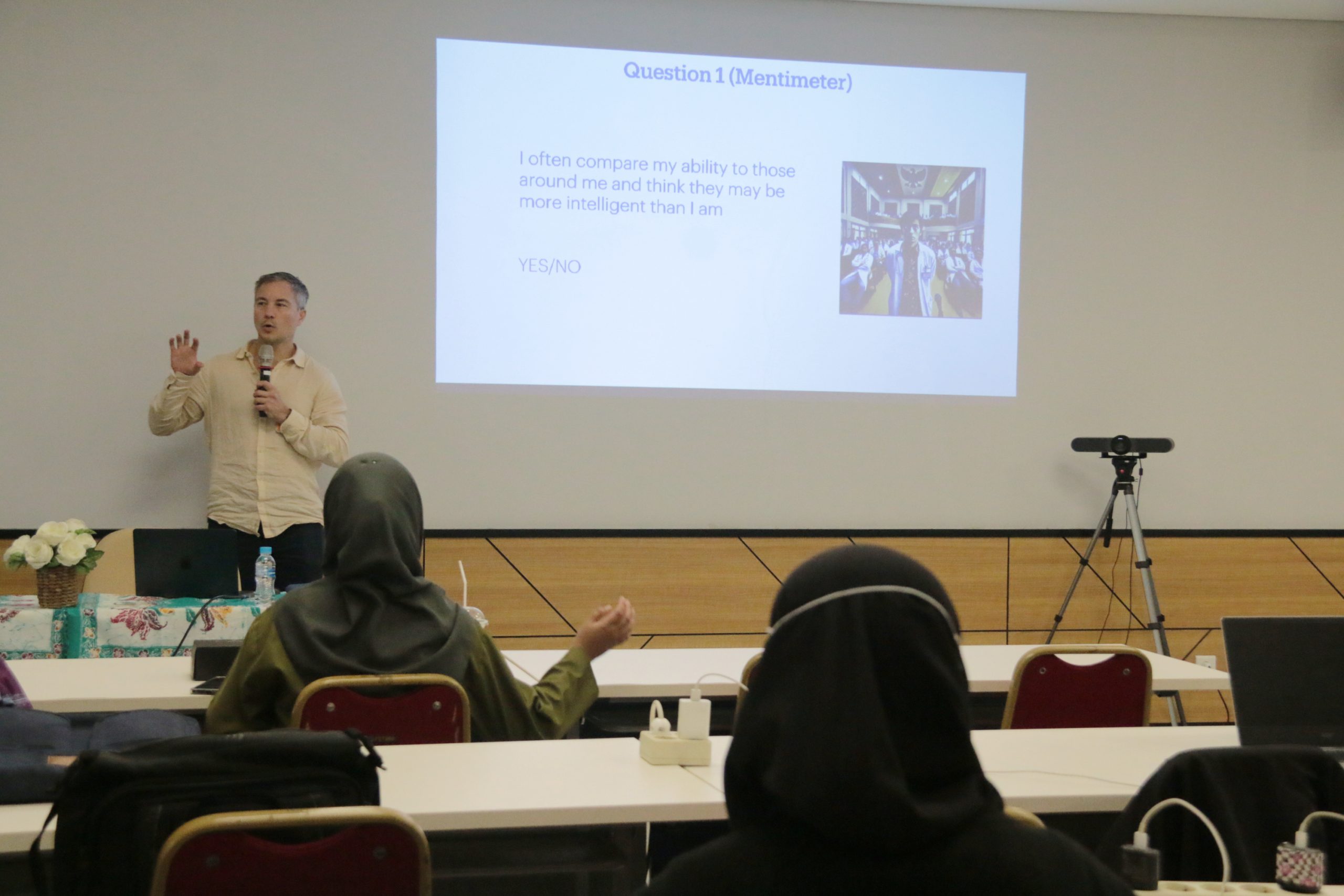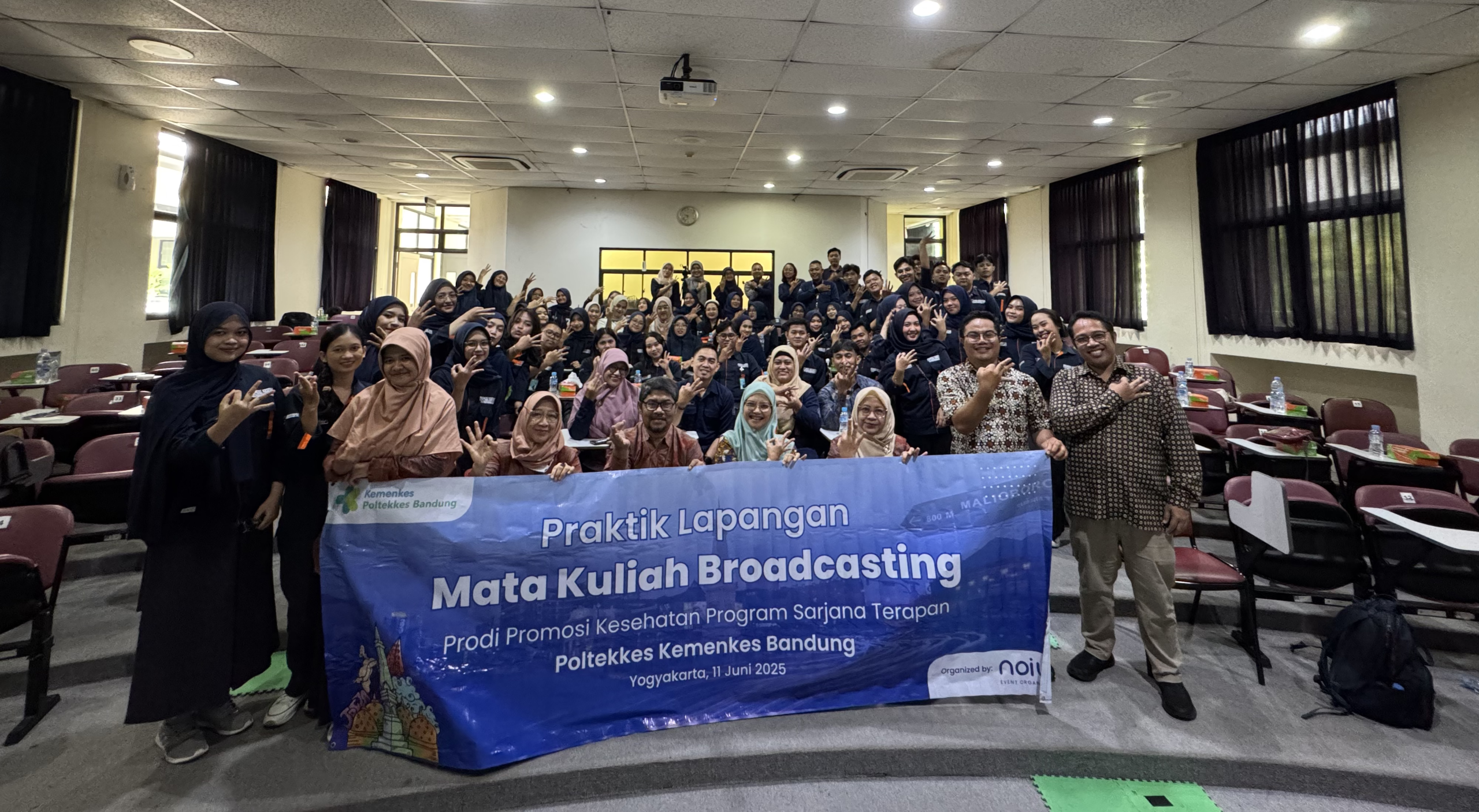| Title/course offered:
Fracture of the long bone |
|||
| Overview:
Fractures occur in individuals of all ages. However, the type and body location vary widely depending on different factors, mainly related to individual bone quality and the nature of the trauma. The effect of long bone fracture might cause fataly to the injured person. Associated injuries should be diligently searched for and neurovascular status should be evaluated. At least two 90° orthogonal x-rays (e.g., anteroposterior and lateral) should be obtained, with inclusion of the joints proximal and distal to the site of suspected injury. Proper immobilization, analgesia, and timely referral can greatly enhance patient comfort and ensure optimal outcome. Some nondisplaced long bone fractures can be treated conservatively. Operative management is mandatory in several conditions. |
|||
| Objective
General purpose:
Special purpose:
|
|||
| Periode:
Students are expected to follow the activities in the surgery during 2 week Activities: Students will follow the thoracic surgical sub unit activity that include:
|
|||
| Lectures:
discussions and tutorials are held every morning from 7: 30 pm to 9: 00 a.m. on Monday – Friday via zoom or discussions conducted after the patient rounds with residents. Material discussed is the patients in wards, clinics and emergency rooms. Discussions include planning theory and patient management. Practical sessions: Practice every workday. The practice of checking, taking action, and live-saving is performed if possible under the supervision of a designated supervisor or resident. This practice is done on the ward, clinic, emergency room and operating room. Students are strictly prohibited to inspect and take action against patients without the permission of the supervisor. Tutorial: tutorials conducted in parallel with discussions / lectures. Other activities:
Assessment at the end of the stasis with presentations of cases by students. |
|||
Measurable learning oucome:
|
|||
| Tailor-made activities:
Available |
|||
| Number of participant:
2-4 person each periode |
|||
| Person in charge | dr. Zikrina Abyanti Lanodiyu, Sp.OT | ||
| Contact Number | Office
0274-515054 |
Fax:
0274-515054 |
Hp:
+628122772025 |
| zikrina.lanodiyu158@gmail.com | |||






